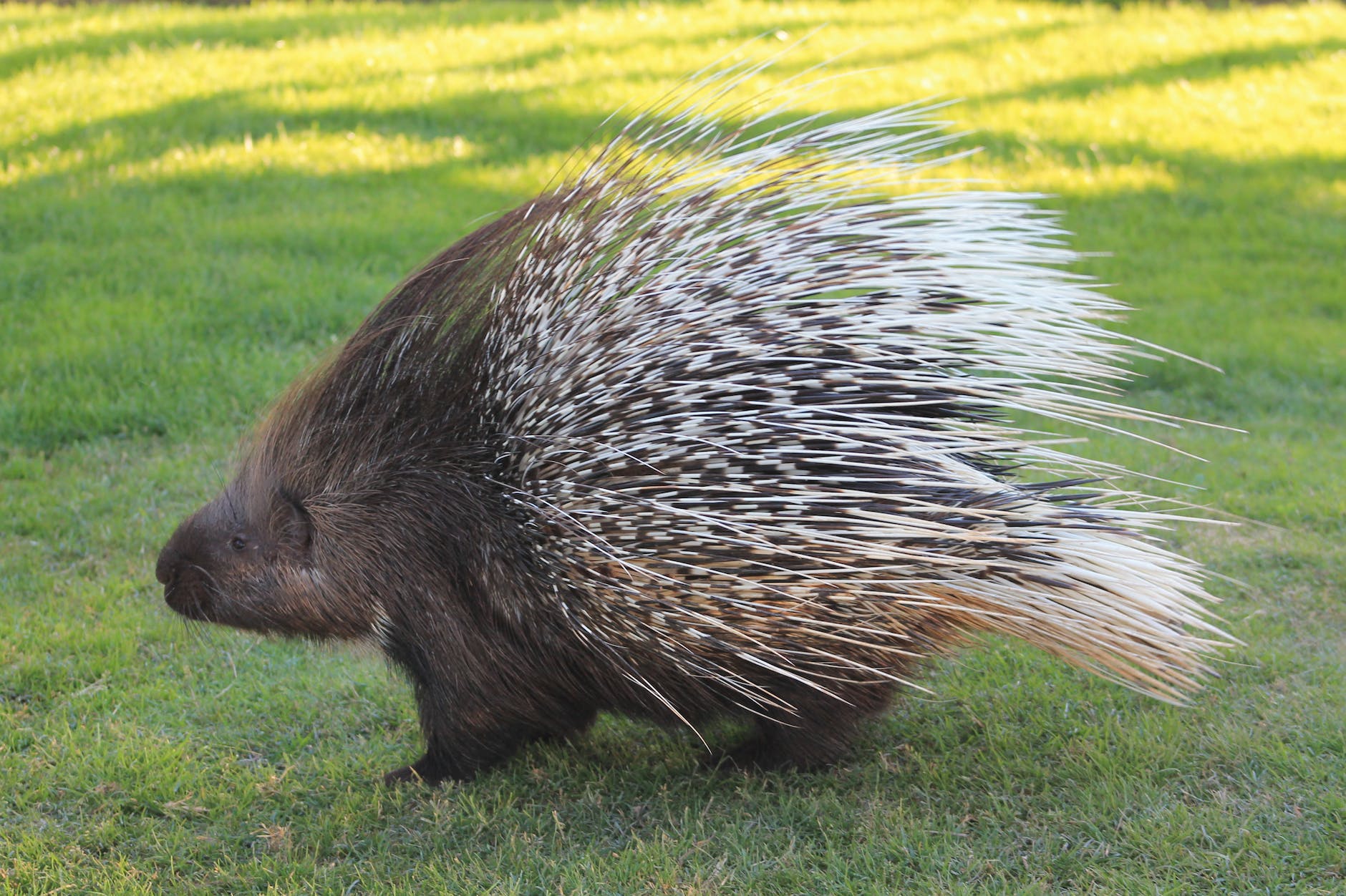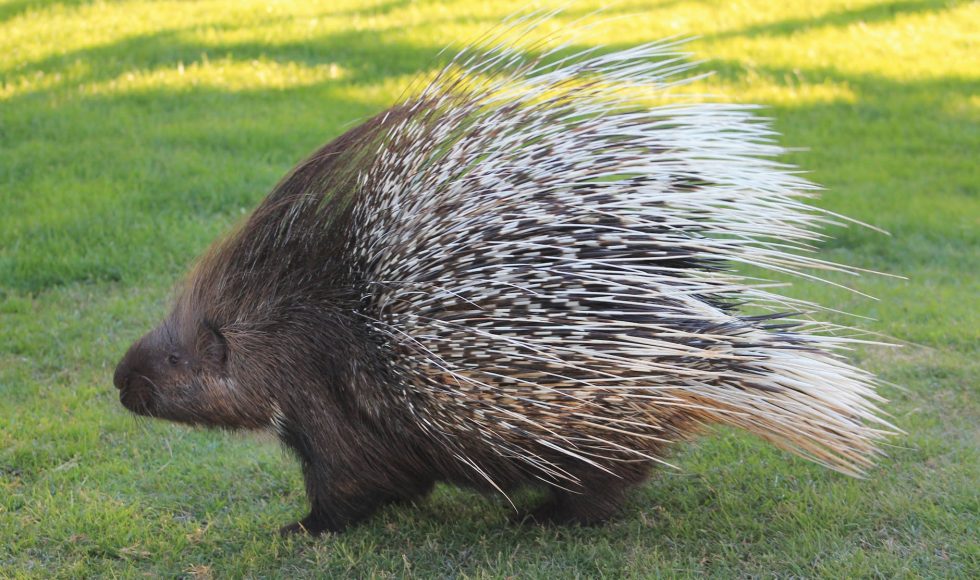Yue Wan from the Genome Institute of Singapore presented at the Nanopore Community Meeting in Singapore on “Detecting RNA structures using nanopore sequencing.” Wan’s lab has been using Nanopore to study RNA structures. Traditionally, chemical probes were used to determine structure. However, short-read high-throughput structure probing is challenging because of long complex protocols and RNAs can form multiple structures in solution. Nanopore can be used to detect signal shifts as RNA is sequenced. Wan’s team probed the structure of tetrahymena ribozyme using Pore-CUPINE. The output can be visualized in a 3D graph distinguishing modified and unmodified structures. Wan explained that single-molecule sequencing can dissect RNA structural heterogeneity: multiple conformations in a population. Wan used different chemical compounds to modify bases. Wan noted that some modified bases cannot be mapped because they get stuck in the pores! A signal alignment method can be used to “rescue” failed reads. The team then used mixtures of riboswitch with and without ligand. Wan explained that the system was tested with a “truth” and performed well. They are also using the new RNA004 chemistry and optimizing the RNA structure probing system.



